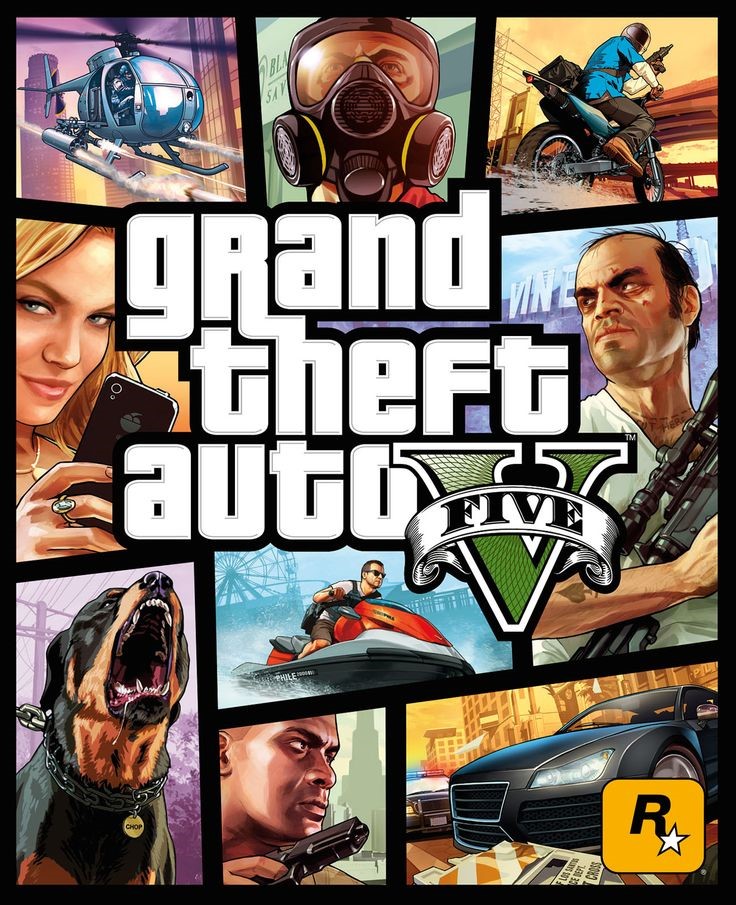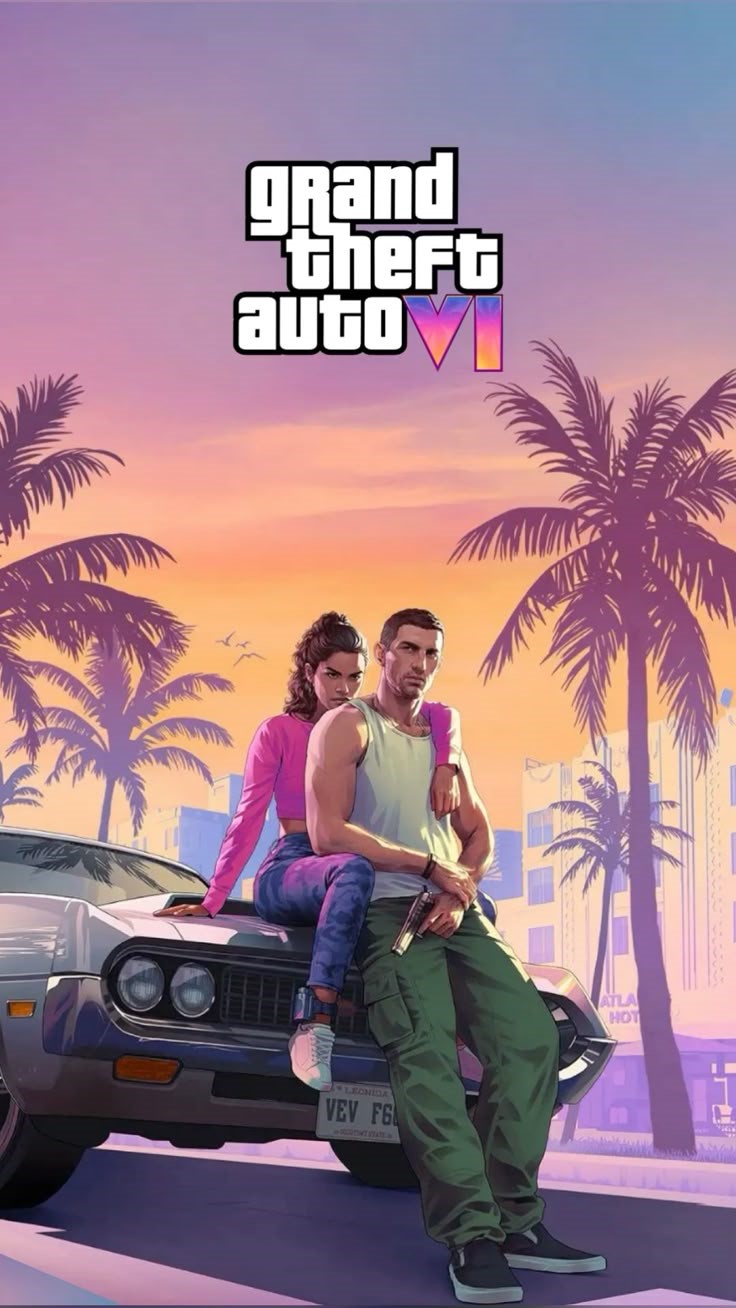
Despite the hyper-realistic graphics, cinematic storylines, and sprawling open worlds that define today’s video games, many players still find themselves drawn to the pixelated charm of the past. Retro gaming isn’t just a niche hobby—it’s a growing cultural movement.
From reboots of classic franchises to remastered editions of old favorites, nostalgia has become a powerful force in the gaming industry. But why do so many gamers still turn to decades-old titles in a world overflowing with cutting-edge innovation?
A Digital Time Machine
For many players, video games are tied to memories—of childhood, simpler times, or shared moments with friends and family. Booting up an old console or downloading a classic game can trigger a deep emotional response. It’s more than just playing; it’s revisiting a moment in time.
Games like Super Mario Bros., Sonic the Hedgehog, Street Fighter II, or Tetris weren’t just entertainment—they were part of growing up. Revisiting these games brings a sense of comfort and familiarity, even if they lack the features and finesse of modern titles.
Simplicity as a Strength
Retro games are often built on simple mechanics: jump, run, shoot, repeat. But that simplicity is part of their enduring charm. In an age of tutorials, maps, inventory management, and complex skill trees, older games offer instant playability.
Players don’t need to study controls or analyze progression paths. They can just start playing. This makes retro games appealing not only to longtime fans but also to new players looking for quick, engaging experiences.
Many contemporary platforms, including some like livo88, lean on similar design principles—offering games that are visually clean, instantly accessible, and designed for short, satisfying sessions.
Indie Revival and Retro-Inspired Games
The retro aesthetic isn’t just preserved in old cartridges and arcade cabinets—it’s alive and well in the indie scene. Titles like Celeste, Shovel Knight, and Undertale use 8-bit or 16-bit visuals, chiptune soundtracks, and stripped-back mechanics to evoke the past while delivering fresh gameplay.
These games often pay homage to the classics while exploring new themes, narratives, or challenges. In doing so, they bridge the gap between generations of players.
Remasters and Reboots: The Business of Memory
Big-name developers have also tapped into nostalgia with remastered editions of classics like Resident Evil 2, Final Fantasy VII, and Tony Hawk’s Pro Skater. These remakes blend old and new—preserving the core gameplay while updating visuals, voice acting, and user interfaces.
This trend isn’t just sentimental—it’s strategic. Studios recognize that today’s adult gamers grew up with these titles, and they’re willing to invest in revisiting those experiences with modern polish.
Why Nostalgia Works
Psychologically, nostalgia offers more than warm fuzzies. Studies suggest it can boost mood, foster connection, and even increase feelings of optimism. When people play games from their past, they often feel more grounded, resilient, and emotionally secure.
That emotional connection can make even the simplest platformer feel profound. It’s why retro-style and arcade-inspired games continue to resonate, long after their original release.
Final Thoughts
Nostalgia isn’t about living in the past—it’s about reconnecting with the joy, creativity, and sense of wonder that games first sparked in us. And as technology continues to evolve, the gaming industry is finding new ways to preserve that feeling—whether through remakes, retro consoles, or modern games inspired by old-school design.
Even in today’s digital gaming landscape, there’s still room for the familiar. Sometimes, all it takes is a simple game, a classic sound effect, or the right pixelated jump to bring us back to where it all began.
And in a world filled with complexity, platforms that prioritize ease and immediacy—like livo88—remind us that the core joy of gaming doesn’t always need to be reinvented.






